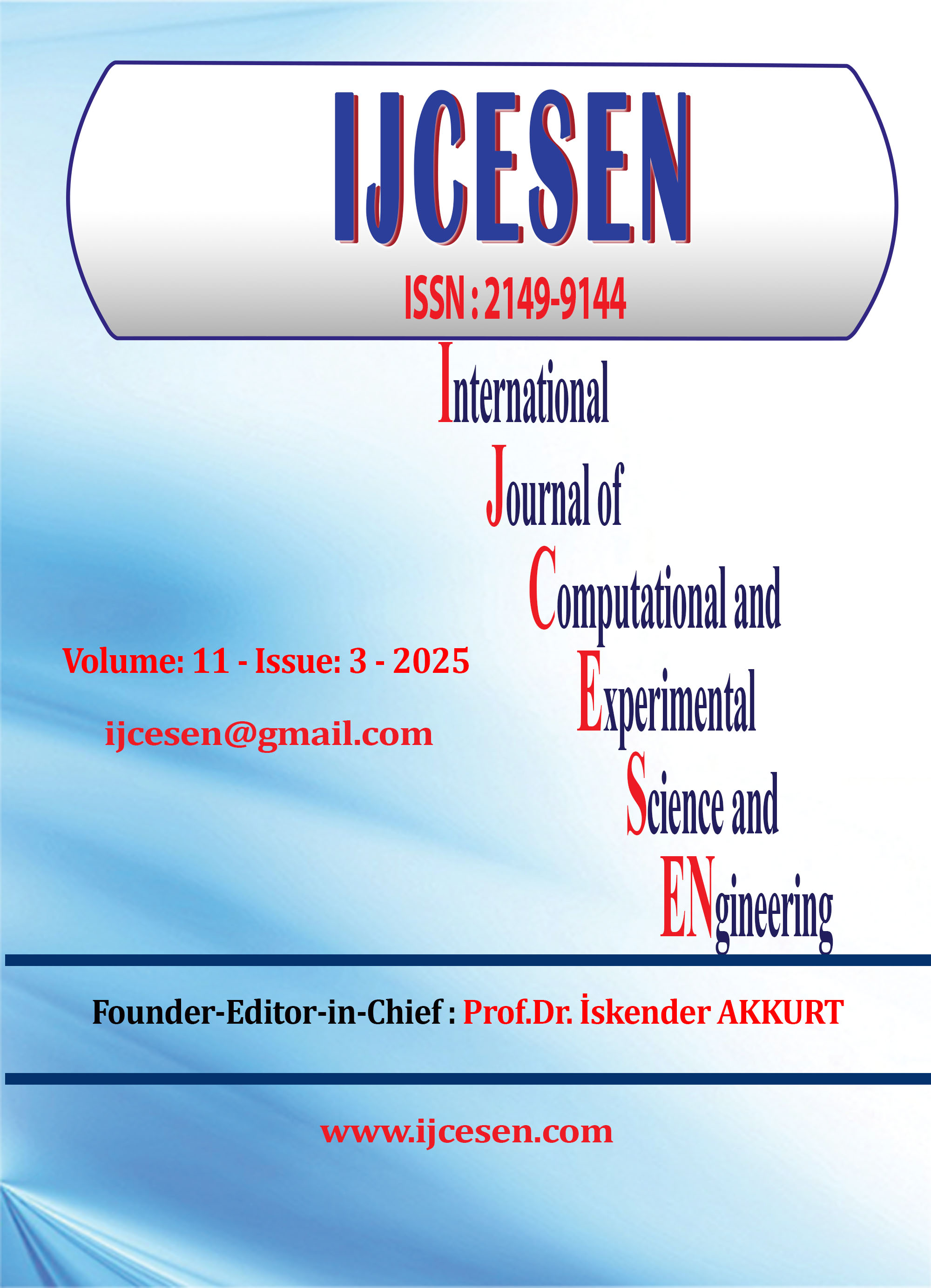Safeguarding Next-Generation Cloud Infrastructure through Quantum-Resistant Security Protocols
DOI:
https://doi.org/10.22399/ijcesen.3938Keywords:
Post-Quantum Cryptography, Cloud Security, Lattice-Based Cryptography, Cryptographic Agility, Quantum Threat MitigationAbstract
The hyperbolic progression of quantum computing technology poses challenges that the modern cryptographic standards have never seen before to secure the infrastructures of clouds around the world. The quantum version of such vulnerabilities exists with respect to quantum-based attacks using algorithms such as the Shor algorithm, potentially attacking the current cryptographic tools that preserve data integrity and confidentiality. The present technical overview discusses the imperative need to adopt quantum-resistant security protocols, otherwise known as post-quantum cryptography, as cloud security infrastructures of the future. It carries out an in-depth analysis of key principles of quantum-resistant cryptography, such as the mathematical underpinnings that can guarantee security, and how they are applied to safeguard cloud infrastructure in particular. In addition, the article discusses the developments of these cryptographic methods, their technical requirements, and implementation issues as well. Different post-quantum cryptographic strategies such as lattice-based systems, hash-based signature schemes, code-based cryptography, and multivariate quadratic equation-based approaches are analyzed in a detailed discussion of strengths, barriers, and applicability in the cloud. The article is concluded with the evaluation of the overall impact of such adoption of quantum-resistant protocols, including environmental, economic, and societal ones, providing strategic advice to stakeholders available to achieve a secure cloud infrastructure throughout quantum computing.
References
[1] Gartner, (2022). Gartner Forecasts Worldwide Public Cloud End-User Spending to Reach Nearly $600 Billion in 2023. https://www.gartner.com/en/newsroom/press-releases/2022-10-31-gartner-forecasts-worldwide-public-cloud-end-user-spending-to-reach-nearly-600-billion-in-2023
[2] Peter W. Shor, Algorithms for Quantum Computation: Discrete Log and Factoring. https://users.cs.duke.edu/~reif/courses/randlectures/Quantum.papers/shor.factoring.pdf
[3] Matt Braithwaite, (2016). Experimenting with Post-Quantum Cryptography, Google Security Blog. https://security.googleblog.com/2016/07/experimenting-with-post-quantum.html
[4] National Institute of Standards and Technology, Post-Quantum Cryptography Standardization. https://csrc.nist.gov/projects/post-quantum-cryptography/post-quantum-cryptography-standardization
[5] William Barker et al., (2021). Getting Ready for Post-Quantum Cryptography: Exploring Challenges Associated with Adopting and Using Post-Quantum Cryptographic Algorithms, National Institute of Standards and Technology. https://nvlpubs.nist.gov/nistpubs/CSWP/NIST.CSWP.04282021.pdf
[6] Babatunde Ojetunde et al., (2025). A Practical Implementation of Post-Quantum Cryptography for Secure Wireless Communication, Network. https://www.mdpi.com/2673-8732/5/2/20
Downloads
Published
How to Cite
Issue
Section
License
Copyright (c) 2025 International Journal of Computational and Experimental Science and Engineering

This work is licensed under a Creative Commons Attribution 4.0 International License.





